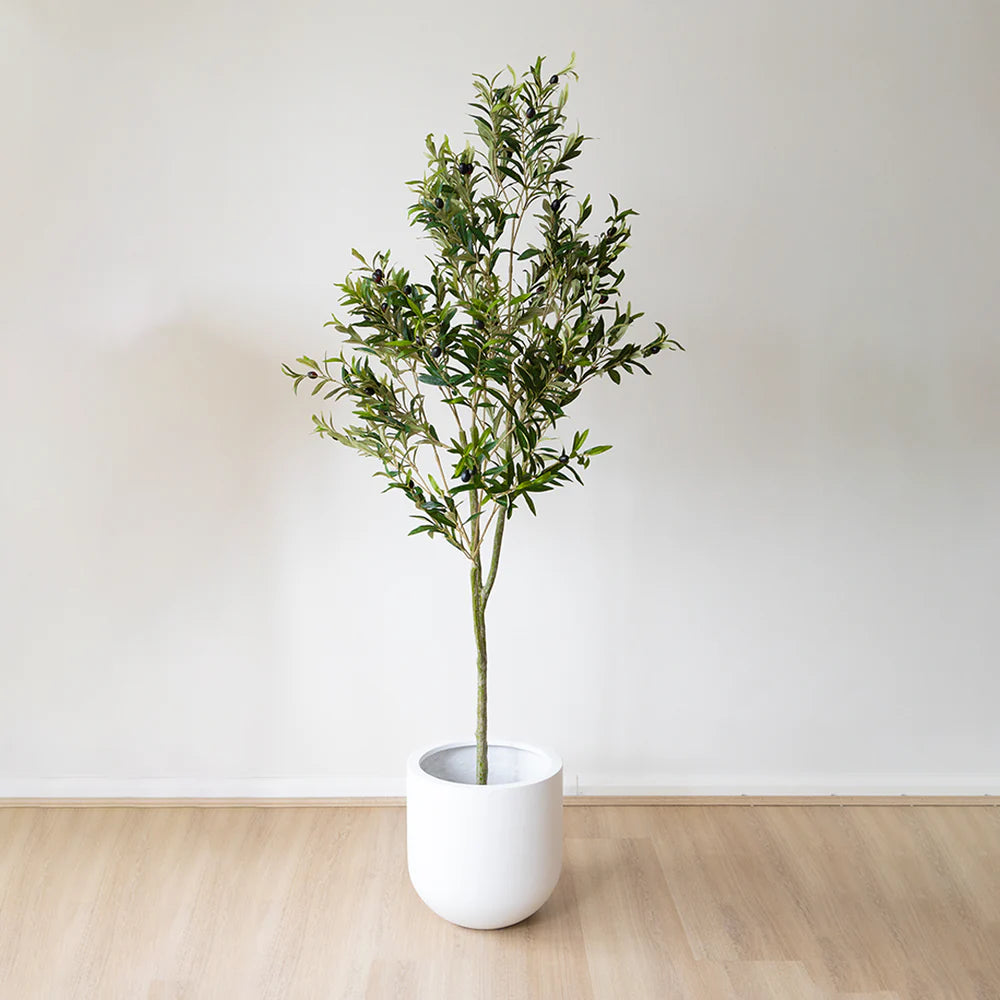Creating Modern Spaces with Artificial Plants in 2024

Introduction
As we delve deeper into 2024, the integration of artificial plants into modern spaces continues to be a significant trend in interior design. With advancements in realism and variety, these faux botanicals are no longer just substitutes for the real thing but are now pivotal in crafting contemporary aesthetics in homes and offices alike. This blog explores how to use artificial plants to create vibrant, modern spaces that resonate with both style and simplicity.
The Evolution of Artificial Plants
Artificial plants have undergone a transformation, with today's options offering unparalleled realism and variety. From intricately detailed leaves to textured stems, these plants not only mimic their natural counterparts but also offer durability and longevity, essential for modern living.
Benefits of Incorporating Artificial Plants in Modern Decor
- Zero Maintenance: Artificial plants require no watering, sunlight, or soil adjustments, making them ideal for busy lifestyles and less-than-ideal growing conditions.
- Allergen-Free: Perfect for those with allergies, these plants bring the beauty of greenery indoors without the pollen and mold.
- Versatility: With a range of sizes and styles, artificial plants can fit any room and design scheme, adapting as trends evolve.
How to Use Artificial Plants in Modern Spaces
In Living Rooms
A large, statement-making artificial tree can anchor a living room, bringing scale and focus. Position it in a clean, geometric pot to maintain a modern look. Smaller plants like artificial succulents or ferns can be arranged on shelves or coffee tables to add layers and texture without clutter.

In Dining Areas
Use low-profile artificial plants as centrepieces on dining tables to create a chic, understated look. Opt for minimalist designs that complement rather than dominate the space. Plants with sleek, green leaves can accentuate a modern dining area without distracting from the mealtime experience.
In Bedrooms
Soft, flowing artificial plants can soften the often harsh lines of modern bedroom furniture. Place a series of small potted plants on a dresser or a large floor plant in the corner to inject a sense of calm and relaxation.
In Offices
Artificial plants in an office can boost morale and productivity by adding a touch of nature where it's often lacking. Desktop plants or small potted trees in corners can brighten the workspace while maintaining a professional atmosphere.
Selecting the Right Artificial Plants for Modern Decor
- Scale and Proportion: Choose plants that fit the scale of your space. In minimalist decor, less is more, so a few well-placed larger plants often work better than many small ones.
- Colour and Texture: Look for plants that offer subtle colour variations and textural contrasts to add interest to neutral modern palettes without overwhelming them.
- Containers: The right container is crucial. Opt for modern materials like polished concrete, simple ceramics, or recycled plastics in geometric shapes.
Decorating Tips for Artificial Plants
- Grouping: Cluster different sizes and types of artificial plants together to create a dynamic but cohesive arrangement.
- Layering: Place smaller plants in front of larger ones to create depth in your plant display.
- Accenting: Use plants as natural accents along hallways, within bookshelves, or beside television stands to integrate greenery subtly.
Conclusion
In 2024, artificial plants are indispensable in creating modern spaces that feel both stylish and inviting. With the right selection, placement, and care, these faux botanicals can transform any area into a sophisticated and contemporary environment. Whether you're decorating a home or an office, artificial plants offer a practical and beautiful solution to bring in elements of nature without the hassle of maintenance. As the trend continues to grow, integrating these plants into your decor strategy can keep your spaces feeling fresh and current.



